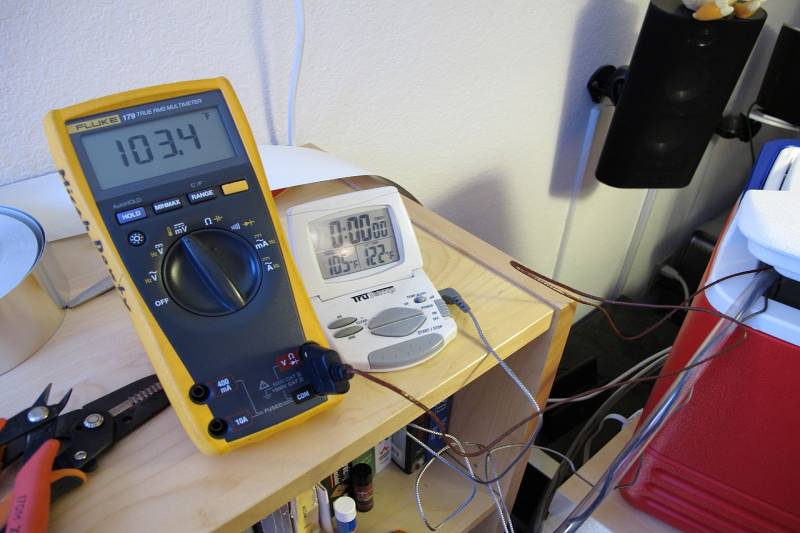Laboratory equipment calibration is the process of checking and measuring the accuracy of laboratory equipment using a special instrument. The level of accuracy can be determined by making a comparison between the test results of the tool and the certified reference standard.
The level of accuracy of a laboratory tool will change with use. Calibration is a procedure to check the accuracy of laboratory equipment periodically. Apart from this, there are also several other reasons that make calibration an important procedure to perform. Here's the explanation.
Maintain the function of laboratory equipment
Each laboratory tool certainly has its own function. So, so that this function can be maintained, a calibration procedure is necessary. With laboratory equipment calibration, you as the owner of the tool can find out whether the tool is still functioning as it claims or is experiencing problems requiring replacement.
Just imagine if a tool that has decreased the quality of its function is still used. The results of testing or measurements with laboratory tools will certainly be invalid. In addition, an undetected decline in the quality of the function also has the potential to make the device damaged and unusable.
Maintain the accuracy of measuring results
For laboratory instruments used as measuring instruments, the calibration procedure should never be skipped. By doing the calibration, the measuring results of the tool can remain accurate and of course according to certified reference standards. The results of measurement tools can be considered valid and recognized.
Inaccurate measurement results will certainly harm many parties. From the consumer's point of view, the test results cannot describe the actual conditions so there is a risk of causing misinterpretation. Meanwhile, from the owner's point of view, the tool can get a loss because the unauthorized measurement results will affect the company's reputation.
Detect disturbances in laboratory equipment
In the process of calibrating laboratory equipment, the accuracy of the equipment will be reviewed. If there is a difference in value between the calibrated tool and the verified reference standard, then the cause must be immediately sought. That way, interference or errors in laboratory equipment can be detected earlier before more serious damage occurs.
For this reason, calibration needs to be done regularly, especially for laboratory equipment that has a heavy workload. Laboratory equipment with heavy workloads are more often exposed to external elements that have the potential to interfere with their performance. To schedule a calibration for the tool, you can follow the manufacturer's recommendations. Adjust to the situation and conditions in your place so that the calibration schedule is more accurate.
Minimizing the risk of work accidents
Apart from being a procedure to check the level of accuracy, laboratory equipment calibration is also a work safety procedure. The calibration procedure keeps the tool working according to its specifications. If there is an interruption or problem with the appliance, the calibration also includes a tool repair procedure.
Problematic tools but still used will seriously endanger the safety of workers. Risks such as heat emitting tools, spraying dangerous chemicals, and even explosion can occur if the damage is not addressed immediately. Calibration prevents this from happening by detecting symptoms of damage followed by a corrective procedure.
Laboratory equipment calibration is not just a procedure to check the performance of the instrument, but also a procedure to prevent impacts that could harm you in the future. You can avoid the risk of downtime if you carry out the calibration procedure regularly.
The Hyprowira Adhitama Laboratory provides calibration services for toledo mettler scales as well as comprehensive laboratory equipment. So, you can make sure each tool works according to its specifications and gives accurate results. Immediately do the calibration of your laboratory equipment here!






